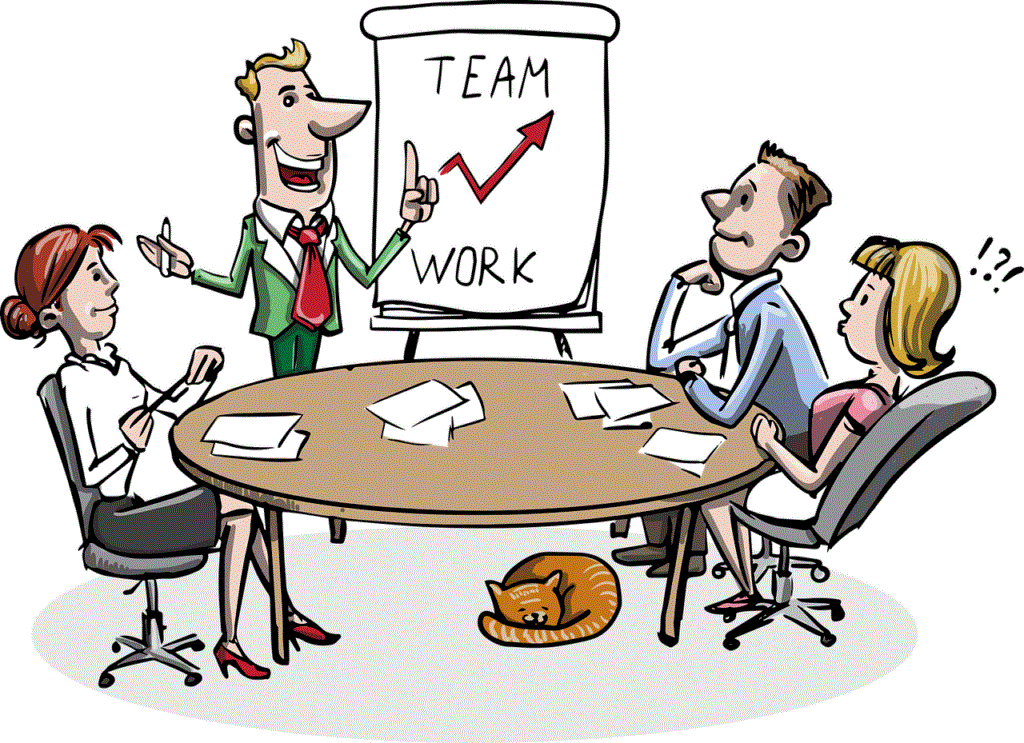After the iteration / sprint planning meeting, the team gets into execution mode and they work together to build the increment of the product, that is agreed to be completed during the iteration. In the traditional terminology, you are getting into the execution mode of the iteration or sprint. (the term ‘sprint’ is specific to Scrum, where as ‘Iteration’ is the generic term that fits across all agile frameworks).

During the iteration, the following scenarios can occur repeatedly, and they will have to be managed for smooth execution of the iteration. Here are the iteration challenges and the ways to overcome them;
- Iteration Scenario#1 – Work volunteering Vs Work allocation – Who will allocate work to the team members?. Very often this question comes from the seasoned project manager in predictive project management, who is new to Agile. The answer is, the team will decide. The backbone of true agile teams is the self organizing teams, and one of the key abilities of the self organizing teams is their ability to self organize and volunteer for work.
- Iteration Scenario#2 – Challenges of work volunteering –
- If the person without the right skill set and experience volunteer for a task, then what will you do?. See, this is a speculated problem. In practice, people behave rationally only. It is very rare that, people without the confidence volunteers for a particular task. In the rare event of someone underestimating the complexity and volunteers, then others should help him to succeed. This is when pair programming, or pairing an experienced person with an inexperienced person helps.
- If more than one person volunteers for a task, then what happens?. Scrum master should not pitch in an switch to work allocation. Allow them to solve it by themselves.
- If nobody volunteers for a particular task or tasks, then what is the solution. Identify the root cause. If it is a technical difficulty, resolve it. It can be because of teaming issues as well. In that case, resolve those issues as well.
- Iteration Scenario#3 – Deviations from the iteration plan
- If the team is unable to complete the tasks as planned, then what to do?. If it posing danger to the success of the sprint, identify the root causes, and then decide whether to cancel the sprint, or to continue with the sprint, after removing some scope with the consent of the product owner. If there is no hope of recovery, cancelling and re-planning the next sprint as quickly as possible is the way to go.
- If we cancel a sprint in between, and then start another new sprint, the number of sprints will increase, but the increase in overall effort will not be that severe because the team will be able to salvage some of the completed items from the cancelled sprint.
- Iteration Scenario#4 – Uncontrolled scope creep – Agile welcomes changing requirements – some of the project stakeholders can latch on to this point alone and try to squeeze in requirements during the sprint without any regard or respect for the development team. Last minute changes are welcomed in scrum and at the same time, it happens with consensus among the team. In fixed capacity teams, when new requirements are included within the sprint, some other requirements with same weight (story point) must get out of the sprint.
- Iteration Scenario#5 – If the sprint fails – If somebody has given you idea that agile is the solution to all your problems, they were lying to you. Some sprints can fail. That is very normal. If failure recurs, then there is a problem to be addressed. One of the key benefits of agile is fast failure, so that one will get more time to recover.
- Iteration Scenario#6 – Not getting improved productivity with agile – Dear friend, if you had lifted 60 Kg weight in the gym yesterday, today it can be 61 or 62, irrespective of the technique you use. Ultimately you have to strengthen your muscles gradually and over a period of time you can lift considerably heavier weights with ease. This is true with agile teams as well. Productivity gains will happen, not in the early sprints, but in the later sprints.
- Iteration Scenario#7 – If everything is decided by the team, then what will the scrum master do during the sprint?
- Ensure that the agile process is not diluted
- Remove impediments faced by the team
- Iteration Scenario#8 – Is the iteration duration negotiable – No way. Time is non negotiable in agile, while scope and cost are negotiable.
- Iteration Scenario#9 – During the sprint, can the scrum master do technical work – Yes. at that time he must be wearing the team members hat, and should not dilute the scrum master role.
- Iteration Scenario#10 If the team completes the sprint earlier than planned? – Complete additional features. In this scenario, the team will end up doing more than planned, which is good. In this case the actual story points will be more than the planned story points.
To be continued…


